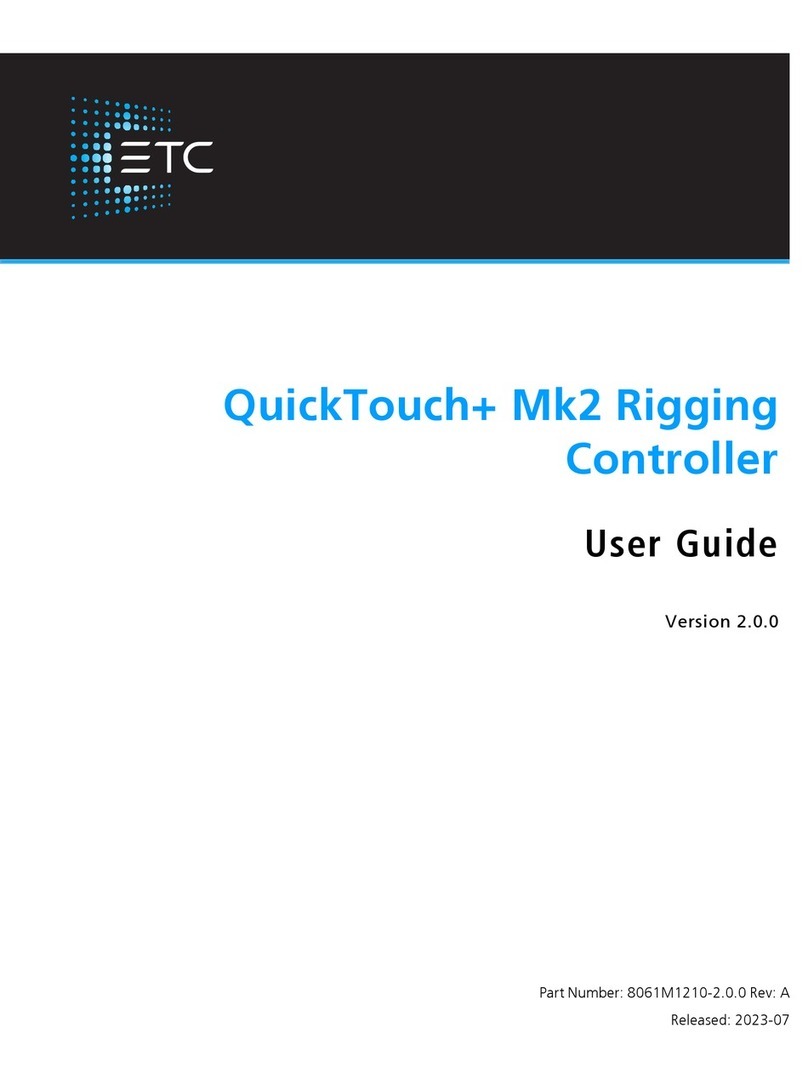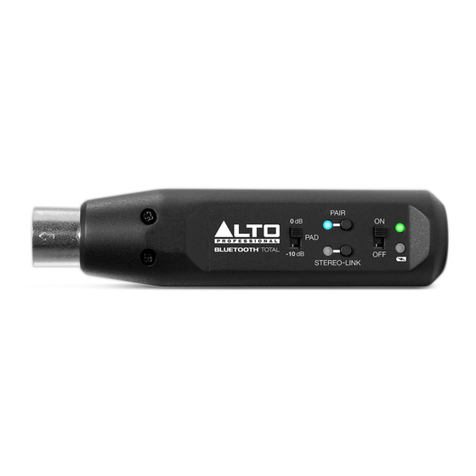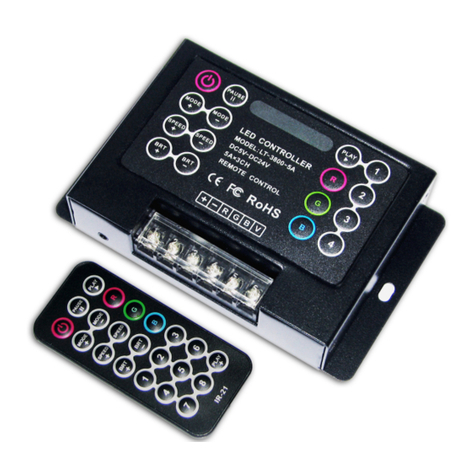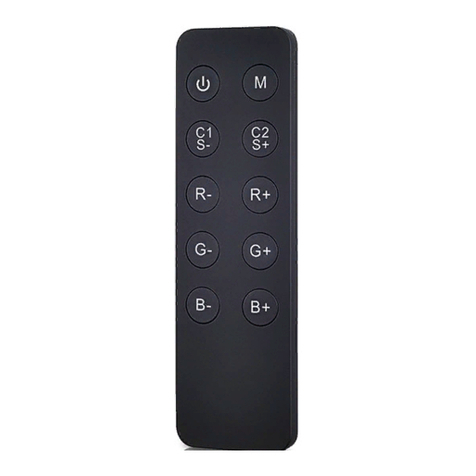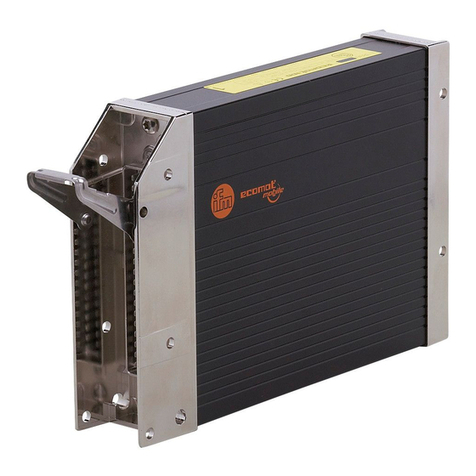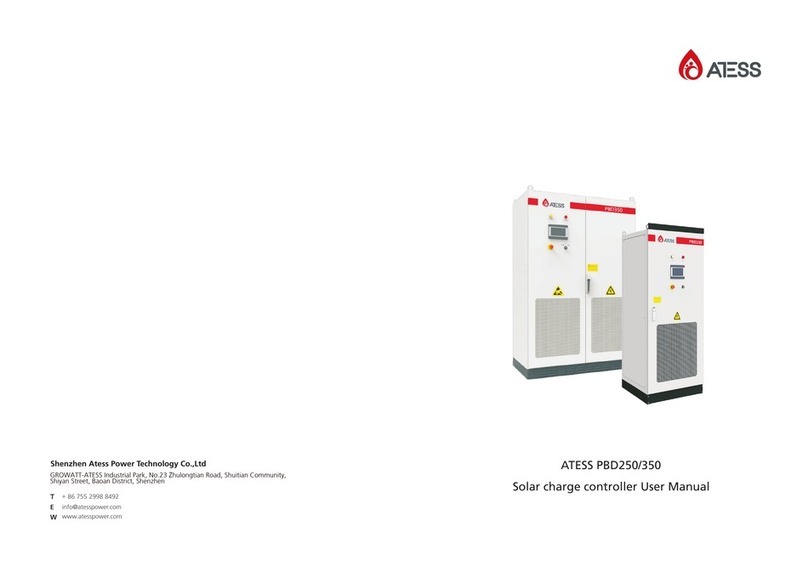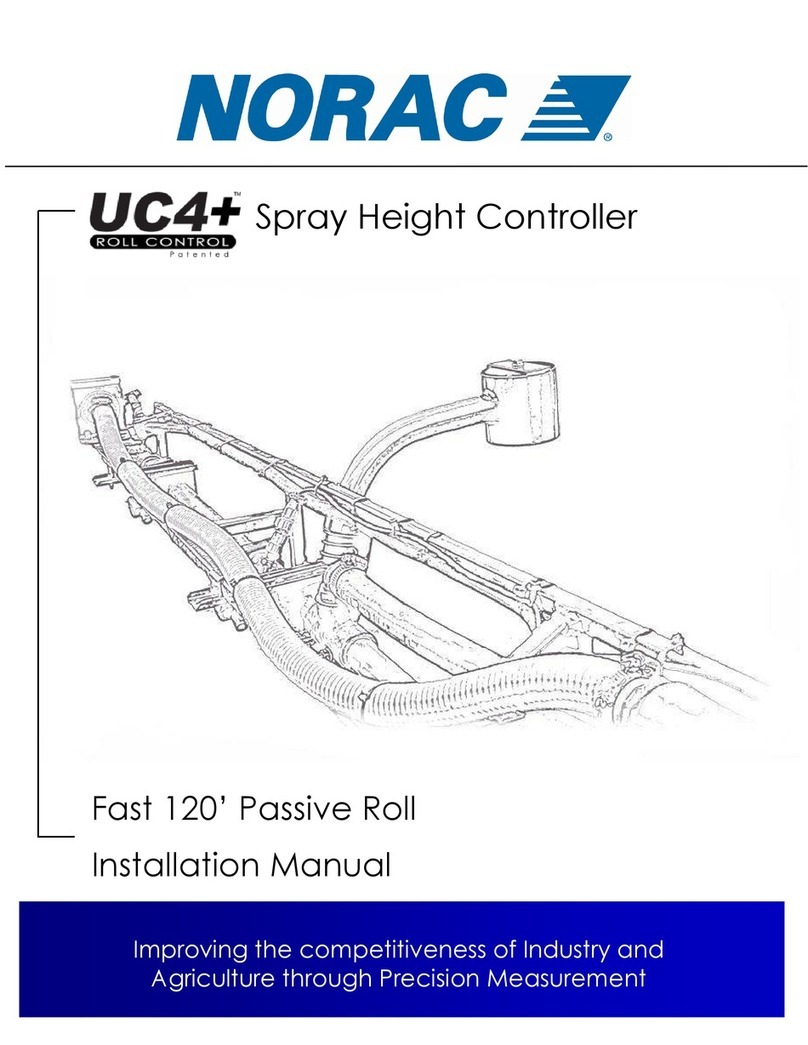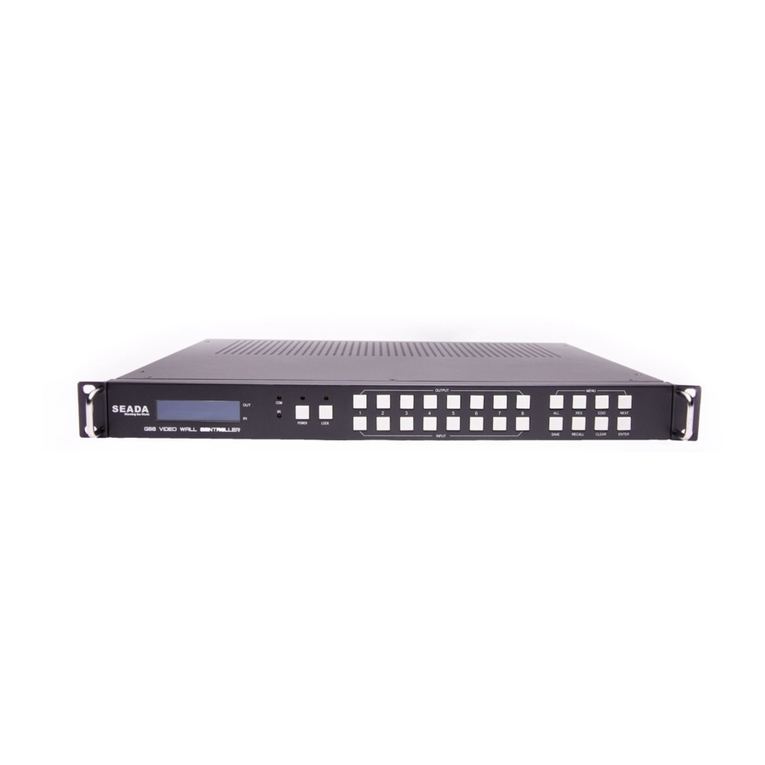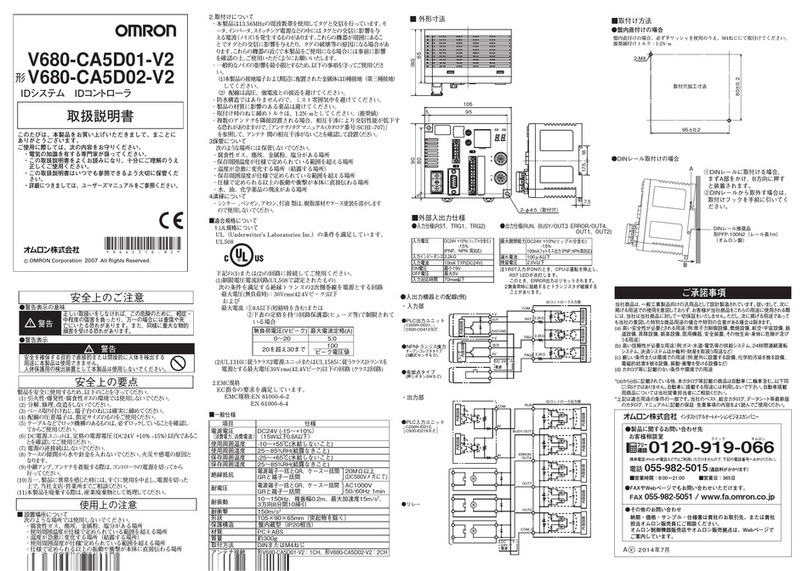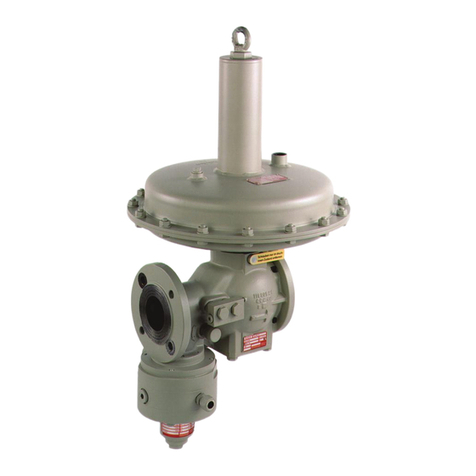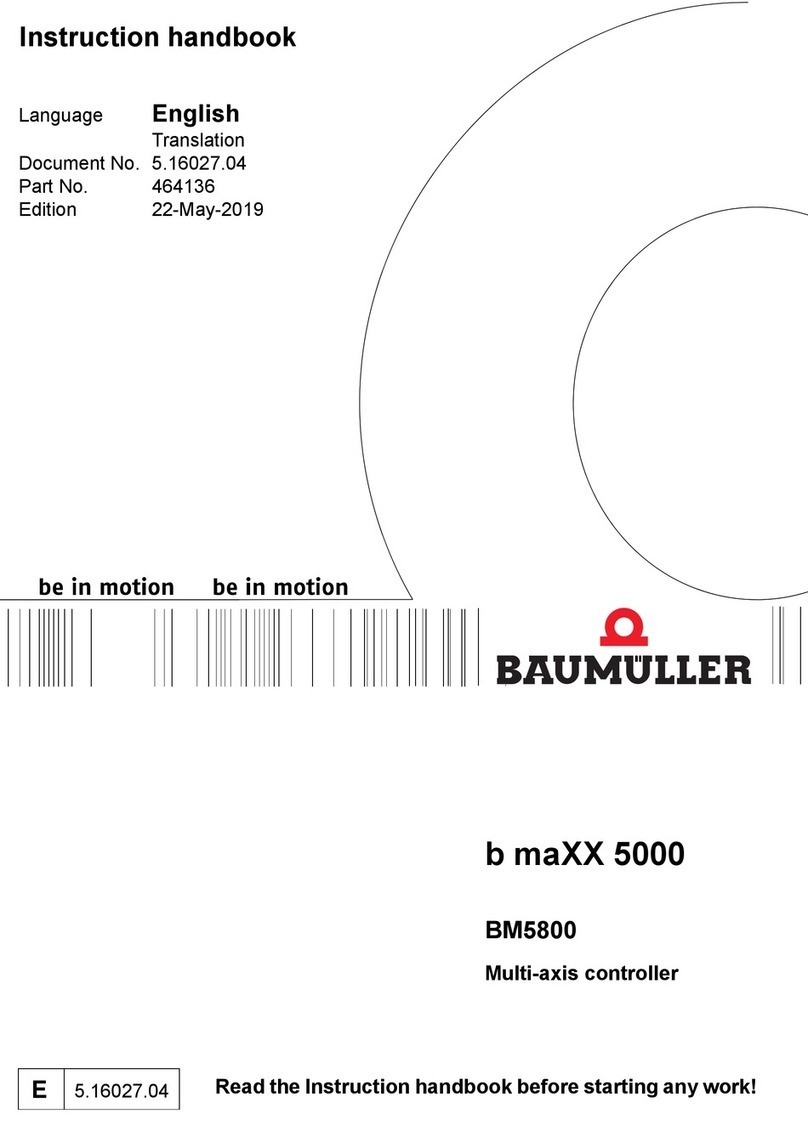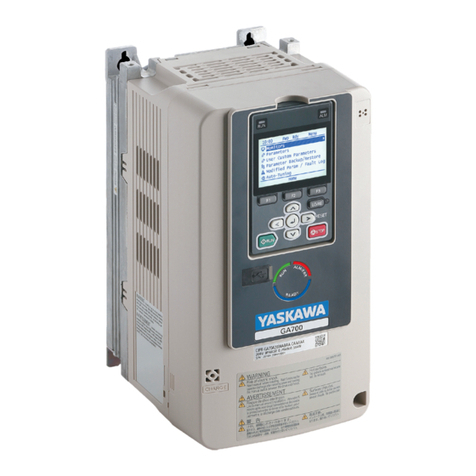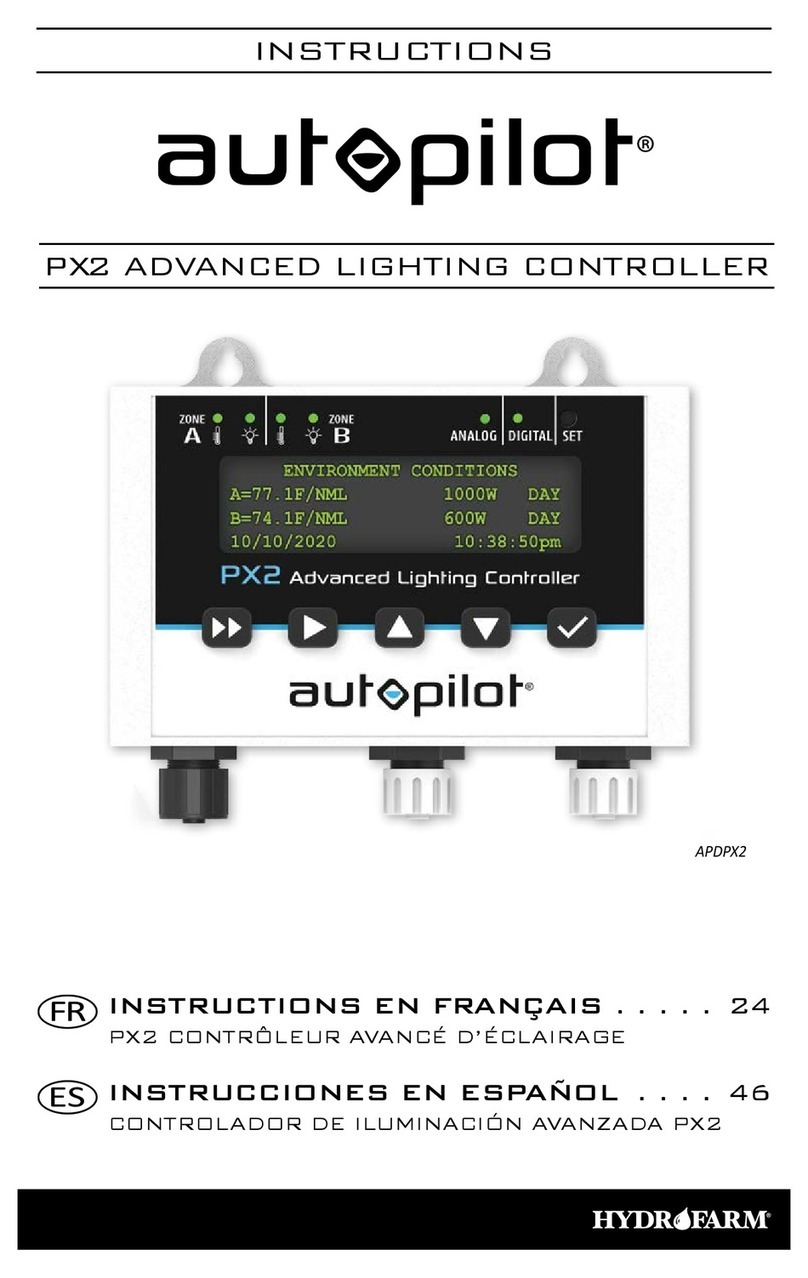KORINS EPIP-40 /30A(I) User manual

1 Characteristic
•PWMorON/OFFseriesbatterycharging
• state of charge (SOC) battery regulation
• battery Ah setting, boost charging, equalizing charging, float charging
• automatic load reconnection, manual load switch
• automatic selection of voltage (12 V / 24 V) • temperature compensation
• lighting control and timer setting options during nighttime(for type –T)
EPIP-40 SERIES SOLAR CHARGE CONTROLLER • LCD display: SOC as a fuel gauge, all system parameters in digital value, system
status as symbols
─for solar PV system • full circuit protection, electronic fuse • field adjustable parameters by four buttons
2 Controller panel instructions
INSTRUCTION MANUAL
Customer service:86-10-82894856,82894896
Terminal board
LCD digital and figure display
4 key setting
3Installation:
Connect the individual components to the symbols provided, they are solar panel,
battery and loads in order. Only install the regulator near the battery on a suitable
surface. This surface should be solid, stabile, even, dry and nonflammable. The battery
cable should be as short as possible (1-2 m) and have a suitable cable diameter
size to minimize loss, e.g. use 2.5 mm² at 10 A and 2 m length; 4 mm² at
20 A and 2m length; 6 mm² at 30 A and 2 m length.

Observe the following connection sequence during commissioning:
1. Connect the battery to the charge regulator - plus and minus, note the fuse current
should be 2 or 2.5 times of the rated current.
2. Connect the photovoltaic module to the charge regulator
- plus and minus
3. Connect the consumer to the charge regulator - plus and minus
Please observe that the automatic adjustment to 12V / 24V systems
does not function properly, if this sequence order is not followed. An
improper sequence order can damage the battery!
4 Operation & instructions:
4.1 Keys & instructions(from left to right)
¾K1:reading status, switch to next figure;Setting status, switch to next
function or increase the setting data.
¾K2:Reading status, switch to the previous figure; setting status, switch
to the previous function or decrease the setting data.
¾K3:On reading status, press K3, then on setting status; on setting
status, press K3, and save the data, back to reading status.
¾K4:cancel/power switch, on setting status, no saving with K4. On
reading status, K4 is power switch while loads are working. Recovery
key while it’s short-circuited or over load.
4.2 Display instructions:LCD display as the setting market:
System assembly
Solar module
Battery
fuse
load
LCD displays 、charging mode 、battery 、DC output and
load ,Press K4 while the system is connected, then it shows load ,
while over load, the load flashes,while short circuit protection, load and
lightning flashes,while battery over discharging, the battery flashes,
it stopped while its charged.LCD display “PV”,“BAT”, “LOAD” for solar module,
battery or load separately.“SET” shows on setting status;bottom of LCD display
the specifications & unit “V”,“A”,“AH”,“℃”;
+
-
+ -
+
-
4.3 Operation instructions:
4.3.1 System is on reading status after its assembly. The LCD display: xx.xV;
4.3.2 Reading specifications::On reading status, press K1, K2 and will repeating
the following specifications.
Battery temperature
XX.X ℃
Battery voltage
XX.X V
Battery capacity
XXXX AH
4.3.3 battery capacity modify: while display battery capacity XXXXAH,press k3
Load current Charging current
XX.X A
Voltage of solar module
XX.X VXX.X A

into setting mode, battery unit “AH” &“SET”is flashing, modify the data
through K1/K2, press one time, battery capacity will be up/down 10Ah,the
maximum is 5000,the minimum is 50; Press k3 for saving or K4 for back to
the reading status.
4.3.4 charging mode modify:while on displaying Voltage of solar module, press
K3 into setting mode, “SET”&“ ” is flashing,press K1/K2 to select
PWM— or ON/OFF mode,K3 for saving modify or K4 for back
to reading mode;
4.3.5 While in the discharging mode, the strip of battery will be decreased
dynamically. While in the charging mode, the strip of the battery will be
increased accordingly. While there is on the balanced condition or no
charging/discharging, the strip of the battery is the battery capacity, one strip
is equal to 10% of the battery.
5 Security and protections
The controller has the protections against over voltage, over current, short circuit and
TVS lightning proof
Note: lightning proof is the last protection of the controller. In those areas where
lightning is quite often, use professional lightning proof system. Without the lightning
proof system, guarantee will be void, if it’s damaged by the lightning.
Make sure of proper cooling while installation.
6 Guarantee & customer service one year warranty, or contact your
authorizied distributor.
7 Specifications
Type EPIP-40 /20A(I) EPIP-40 /30A(I) EPIP-40 /40A(I)
Rated charging current 20A(max26A) 30A(max39A) 40A(max49A)
Rated load current(Ie)20A 30A 40A
Over load, short circuit
protection
1.25 times of Ie for 60secs,1.5 times of Ie by for 5secs overload protection;
≥2 time of Ie short circuit protection
Self consumption Control mode:<10 mA;LED & LCD display(MAX)<10mA,合 计( MAX)
<20mA
System voltage 12/24V AUTOWORK;
Work temperature industrial(I series):-20℃to +50℃
Battery capacity Battery in parallel from 50AH to 5000ah
Boost charging 14.8V;×2/24V;
equalizing charging 14.4V; ×2/24V;
Float charging 13.4V; ×2/24V;
Temperature 5mv/℃/2v;
Over discharge voltage 11.1V;×2/24V;
Control mode PWM charging mode & ON/OFF mode for options, control point voltage is
the intelligent compensation modify of the battery.
Address:RM.608, Sangdaewon-dong #513-15,
Seonqanam City, Korea
TEL:031-777-1588 FAX:031-777-1587
KORINS INC..
This manual suits for next models
1

